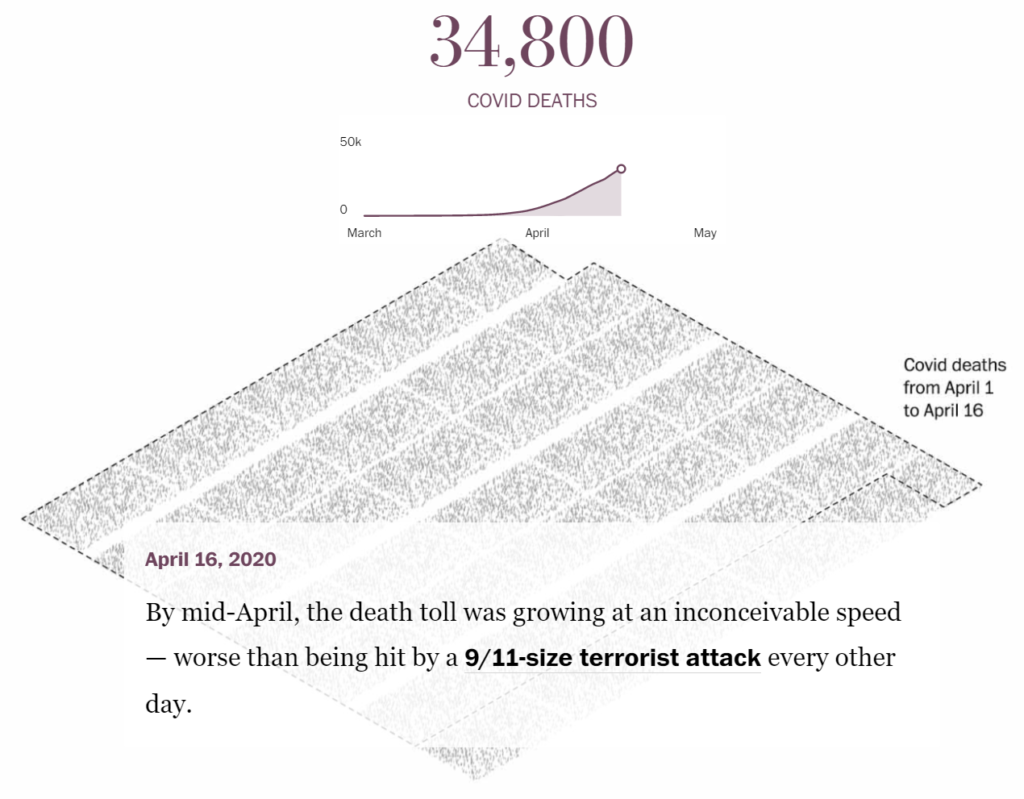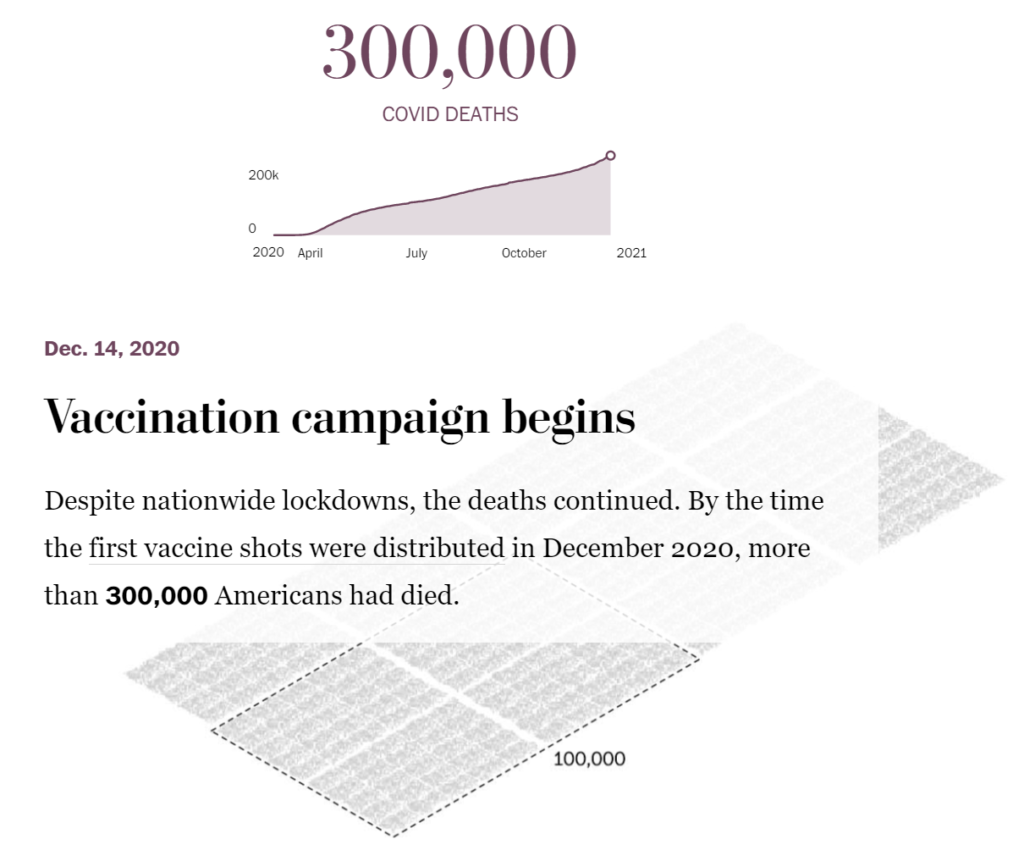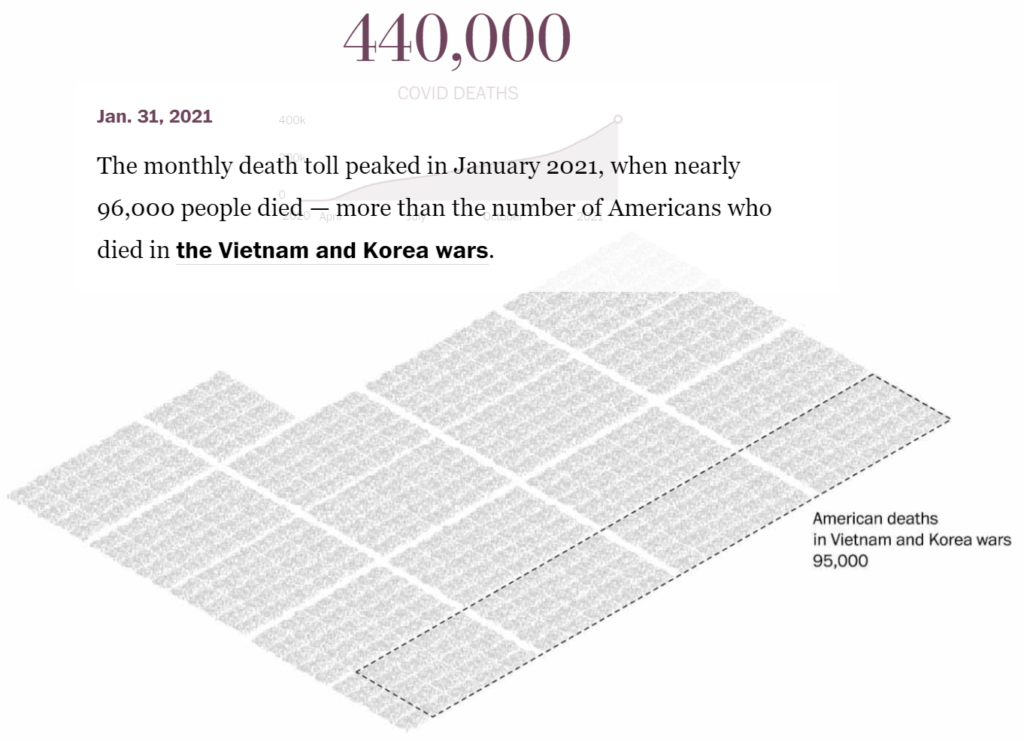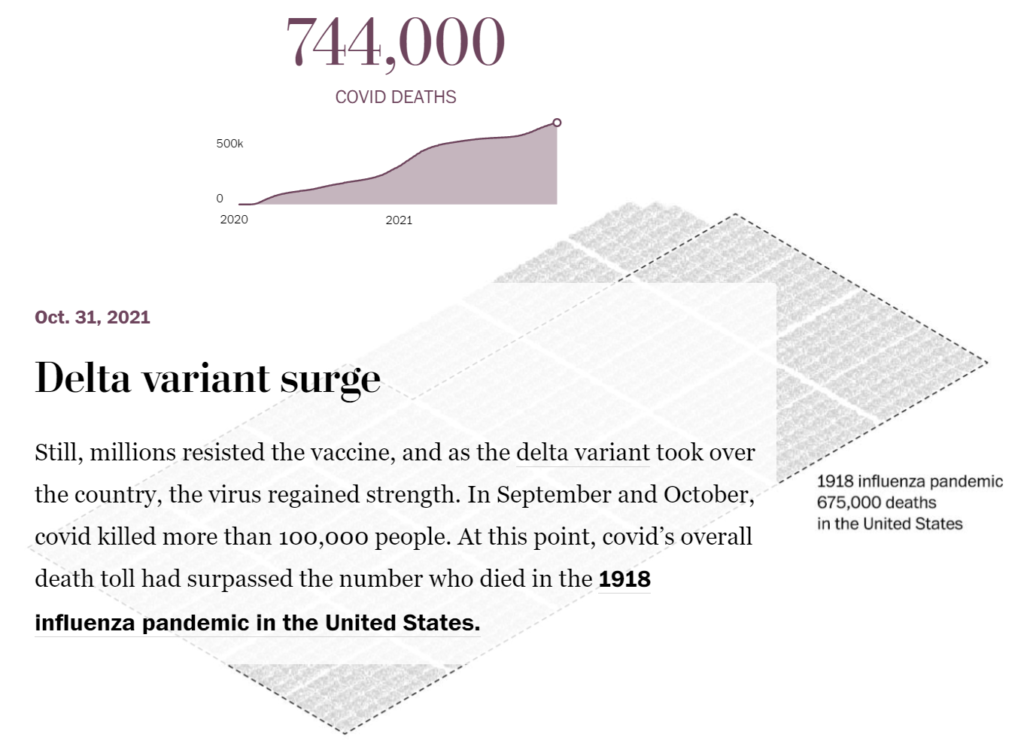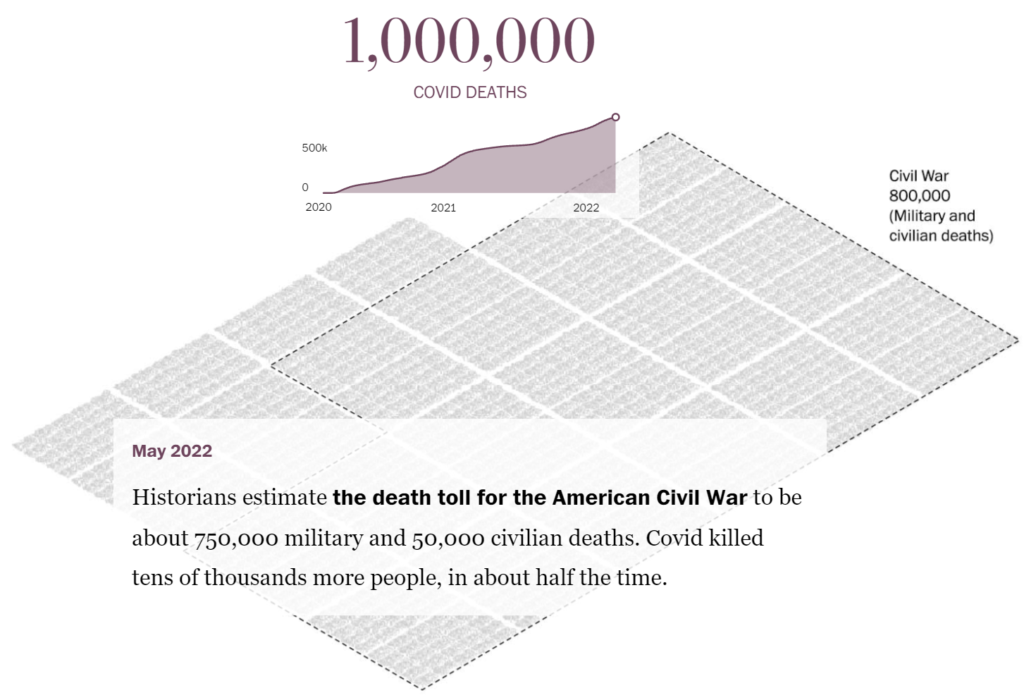Link: https://www.gapminder.org/data/documentation/gd005/
Graphic:

Excerpt:
Documentation — version 11
This page describes how Gapminder has combined data from multiple sources into one long coherent dataset with Child mortality under age 5, for all countries for all years between 1800 to 2100.
Data » Online spreadsheet with data for countries, regions and global total — v11
SUMMARY DOCUMENTATION OF V11
Sources
— 1800 to 1950: Gapminder v7 (In some cases this is also used for years after 1950, see below.) This was compiled and documented by Klara Johansson and Mattias Lindgren from many sources but mainly based on www.mortality.org and the series of books called International Historical Statistics by Brian R Mitchell, which often have historic estimates of Infant mortality rate which were converted to Child mortality through regression. See detailed documentation of v7 below.
— 1950 to 2016: UNIGME, is a data collaboration project between UNICEF, WHO, UN Population Division and the World Bank. They released new estimates of child mortality for countries and a global estimate on September 19, 2019, and the data is available at www.childmortality.org. In this dataset, 70% of all countries have estimates between 1970 and 2018, while roughly half the countries also reach back to 1960 and 17% reach back to 1950.
— 1950 to 2100: UN POP, World Population Prospects 2019 provides annual data for Child mortality rate for all countries in the annually interpolated demographic indicators, called WPP2019_INT_F01_ANNUAL_DEMOGRAPHIC_INDICATORS.xlsx, accessed on January 12, 2020.
Publication Date: accessed 22 March 2023
Publication Site: Gapminder
